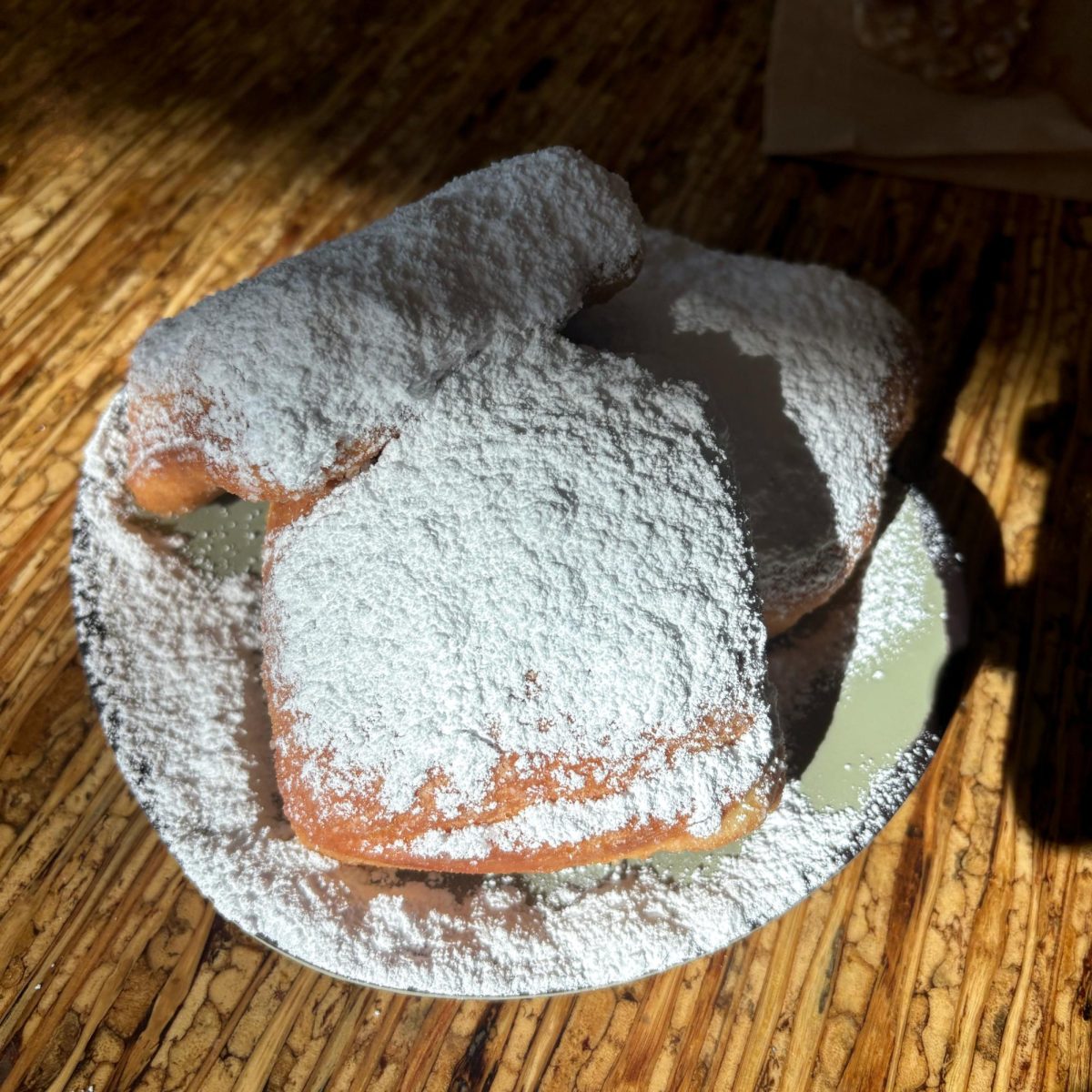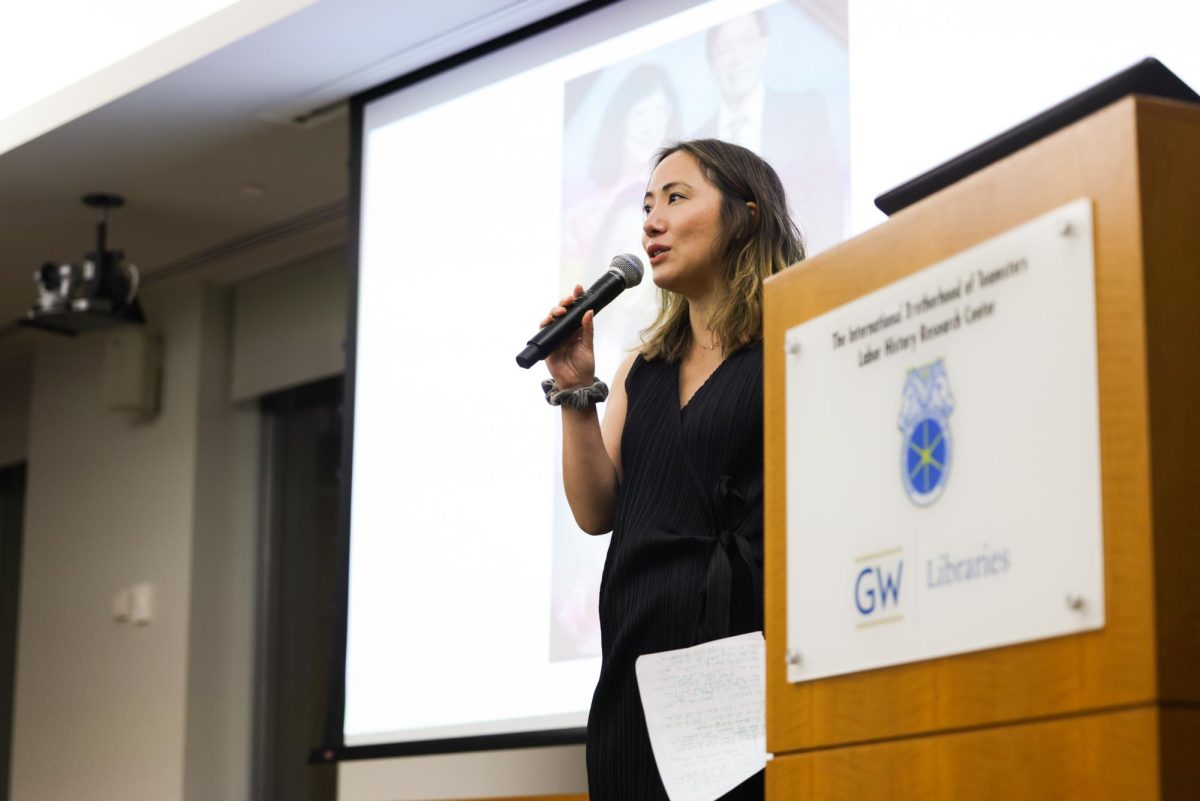
When he isn’t teaching digital photography to GW students, professorial lecturer and artist Evan Hume is sifting through the National Archives for stolen art listings and UFO sightings.
Hume, who graduated from GW with a master’s degree in fine arts in 2011, draws inspiration for his art from public archives. He said he is interested in “open secrets” – what’s available to people only if they look for it.
The Emerge Art Fair, which is holding its fourth annual festival at D.C.’s Capitol Skyline Hotel, will start exhibiting a four-part series of Hume’s prints Thursday. The festival selects its exhibitors from a pool of applicants who are not affiliated with galleries, aiming to give exposure to up-and-coming artists.
One of the photos Hume found in the FBI’s National Stolen Art File, available online, inspired the main piece of his collection, “Yosemite Valley.”
Scrolling through decades of stolen work, Hume came across a listing for the piece “Yosemite Valley,” which still has not been recovered. Attached to the listing, Hume found a pixelated photo of the missing painting hanging in its former gallery.
But roughly a third of the painting is blocked by the silhouettes of three onlookers, who the original archivist neatly cut out of the photo, creating a blank white space in the shape of a three-headed creature.

“There’s all these layers of removal from the original work of art, these inadequate placeholders for what I assume are very valuable works of art that will never be recovered,” he said.
Hume painstakingly blew up the tiny image and restored it in every detail. Then he printed the photo on canvas in an extra twist of irony, creating a photo of a photo, presented like a painting.
Through prints like “Yosemite Valley,” Hume aims to uniquely present images that anyone can see, pushing them to think of the “obvious” as extraordinary.
“If you want to make a photograph that can stand out among the thousands and thousands of photographs on Instagram and Flickr that are loaded up every minute, that’s what you really need to be thinking about and striving toward,” he said.
And it’s the theme Hume has pursued in his work since attending GW, where he presented his senior thesis project in a solo exhibition at the University’s Gallery 102.
For the project, “I’LL BELIEVE IN ANYTHING,” Hume digitally reproduced photos of reported UFO sightings from the National Archives to illustrate a parallel between art theory and conspiracy theories.
“The average person, unfortunately, doesn’t really take art terribly seriously, or it’s not really an important part of their lives, or they think it’s too elitist and academic. And then, of course, people don’t take conspiracy theories seriously, either,” he said. “But the general public can’t just dismiss both.”
The dark, celestial images Hume found reminded him of abstract paintings from the mid-20th century, and he wondered what it would be like to blow the UFO photographs up to their scale.
“I’ve always been really interested in abstraction and the history of abstraction in modern art, but didn’t really know how to approach that from a photography standpoint,” he said. “All my interests seemed to kind of collide together through that process.”
Hume said he found an interest in manual photography when he was 15 and took a high school photography class. Hume began teaching at the University in 2011, moving from black-and-white film to digital photography.
He said he hopes to continue teaching and instill in students his passion for illuminating hidden meanings behind often ignored objects.
“Everything has probably been photographed,” he said. “If you’re going to add to this insane amount of images, you need to figure out why you’re doing that and why the end product is worth it to somebody else.”
“Yosemite Valley” will be displayed in the main lobby at Capitol Skyline Hotel at the Emerge Art Fair Friday through Sunday.



